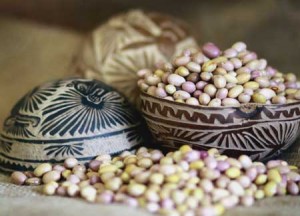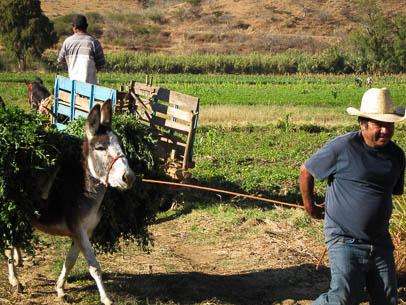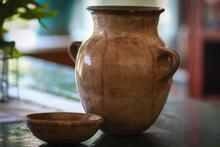These days, more than ever, words matter. And in the realm of this column I got to wondering about the meaning of conservatory, which is more complex, it turns out, than the one for greenhouse. The latter is pretty much self-explanatory, a house where green things grow. But on turning to my copy of the Compact Oxford English Dictionary, the one that comes with a magnifying glass to make it legible — compact is in the title for a reason — I learned that conservatory has no fewer than seven definitions, and it’s not until we hit number five that we get to the horticultural sense: “…an ornamental house into which plants in bloom are brought from the hot-house or green-house.”
The earliest use of conservatory in this sense appeared in 1664 in John Evelyn’s garden treatise Sylva. But its earliest known use generally was in a 1563 homily, referencing the holy sacrament as “the food of immortality and the conservatory to everlasting life”.
I could go on, but will instead use this as a bold segue into a homily of my own on the virtue of beans, one of the staffs of life that we’re being told to eat a great deal more of in order to conserve good health; sources of both kinds of fiber, soluble and insoluble, 0ne or two servings of beans a day can help prevent or control diabetes type 2.

Gardeners have embraced the notion of seeking nutritious food by growing their own vegetables and fruit, supporting CSA and farmers’ markets and the many organizations that supply wholesome heirloom seed for the purpose. Thus, conserving old varieties has become an integral part of the farm-to-market community, and buy-fresh, buy-local economies. Seed Savers Exchange, Native Seeds/SEARCH, and others have long put their shoulders to the wheel to rescue sources of food that are teetering on the brink of extinction.

Xoxoc (pronounced sho-shoc) is one such effort, a company dedicated to preserving the food crops, medicinal and culinary herbs that are an ages-old part of the life and economy of small farms in Mexico, and which are key to preserving indigenous cuisine. Steve Sando, founder and owner of Rancho Gordo New World Specialty Food Company came upon Xoxoc’s enterprise while traveling around Mexico looking to expand his product list. Through them he met farmers still producing heirloom bean varieties. His first notion, to import the beans as seed to be sown in North American gardens soon struck him as counterproductive — the old varieties were fast falling out of favor in Mexico — so he chose instead to work with small farmers to produce traditional bean varieties for Rancho Gordo. Sando’s company would take their crop, saving them from marketplace uncertainties, and gradually, as the beans gained in popularity, allow the farmers to amp up production. “The project is important because it’s not charity,” says Steve. “We’re working business to business with the growers in Mexico and there’s noting patronizing about the relationship. We negotiate prices, but we also understand that none of us can win unless we all win.”

To learn more about the origins of the Xoxoc Project, check out this link, or better still, do that and then go to the Rancho Gordo website and place an order for a Xoxoc Project sampler. Or look at the page about the Xoxoc Project products, which includes the traditional clay pots used to cook beans, and Mixteca salt, used to soften beans – but not season them! And then there’s Steve’s books. He’s written about growing and cooking his favorite beans, offering advice and recipes that he’s gleaned while traveling in search of the best of the best.
For those of us living in the Southwest looking for gifts that express our region’s Mexican heritage, or who like to serve Southern-style black-eyed peas to bring luck in the New Year, you might consider something from Rancho Gordo, that will make your kitchen a conservatory of some rare old beans.
©Ethne Clarke, 2018


